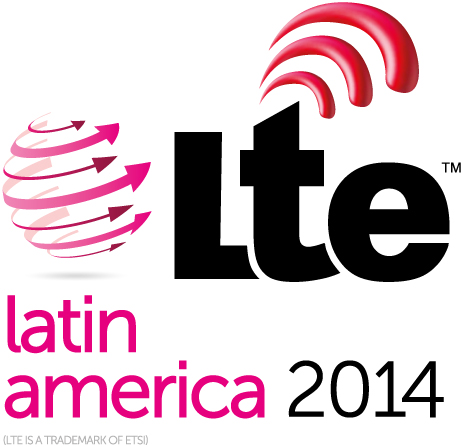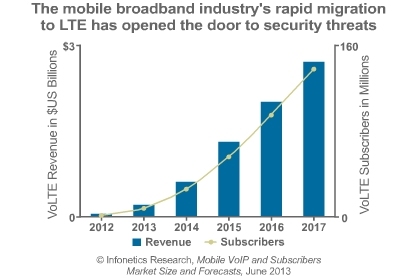
Michel van Veen, Group Director, IPX, SAP
With more than 200 LTE network deployments since 2010, the issue of isolated mobile networks is becoming more prevalent.
According to the GSMA, RCS (Rich Communication Services) adoption is also picking up pace with deployments in 11 countries, supported by 17 operators. This figure is expected to grow to 85 operators by next year.
Combining the Voice-over-IP capabilities of VoLTE (Voice over Long-Term Evolution) with RCS enables operators to offer innovative multimedia services with strong security and quality of service.
ROI
Combining both data and voice services on the same LTE data access network enables mobile operators to optimise network and service management, integrate network resources and simplify service delivery; this results in a significant reduction of operating expense.
This will make their operations easier and less expensive to manage. Operators will be able to pack more information into packets that go from consumer phones to operator cell towers—which is what enables consumers to send more data stream videos. This is vital at a time when the demand for data between consumers on mobile devices is accelerating at a phenomenal level.
The move to super-efficient networks means operators are able to offer new types of services such as video calling and high-definition content streaming. The benefit of offering VoLTE not only increases the possibility for mobile operators to offer better quality voice services, but also enables them to expand to other services such as rich communications. It also changes how they price and sell services to consumers.
RCS and VoLTE
Additionally, the evolution of RCS is about interconnecting operators over IPX to expand the consumer base. Regardless of network type, operators need to interoperate globally to offer quality services regardless of subscriber location.
Mobile operators will take advantage of the IPX and its IMS (IP Multimedia Subsystem) interconnect hubs to establish a global nextgen service.
Commitment
Over the past few years, just over half (56%) of operators have moved to connect with IPX networks in order to meet heavy demand for 4G/LTE connectivity around the world. This uptake means faster, higher quality roaming capabilities for consumers and greater access to networks’ LTE spectrum offerings.
We’re committed to expanding the LTE roaming and interconnect community, and supporting mobile operators in providing a seamless global roaming experience for mobile subscribers. Just last year we were the first to announce a standards-compliant IMS roaming and interconnect hub for IP-based services, including VoLTE and RCS. This will help to establish a global community in which subscribers can communicate beyond traditional voice and messaging services across any device, network and geography.

Join Michel van Veen at 13h00 on 30 April at LTE LATAM to hear more of his take on IMS Roaming and Interoperability for VoLTE and RCS.





















Written by Benny Har-Even
on 1 Apr 2014
Leave a comment